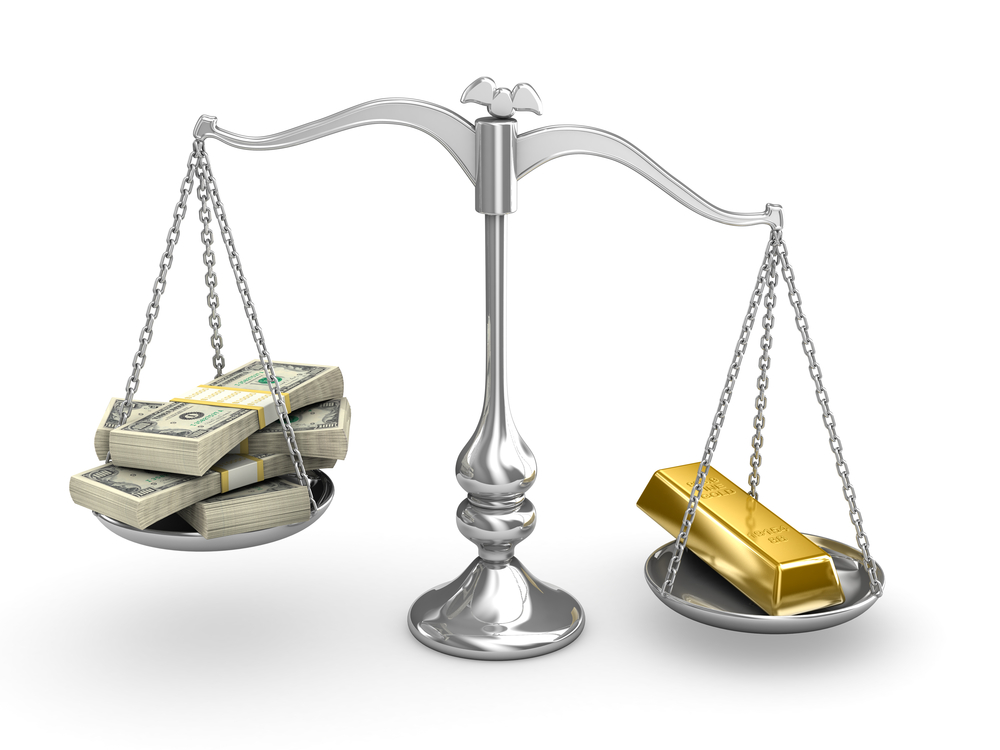“Those who do not remember the past are condemned to repeat it.”
That is probably philosopher George Santayana’s best-known quote.
But it’s not my favorite. That would be “Skepticism is the chastity of the intellect.”
Why value skepticism? Because the world is full of people who make claims.
Political claims. Religious claims. Scientific claims. Historical claims. Legal claims. Economic claims. Commercial claims. Investment claims.
Give each one of them the fisheye… or you may indeed “lose your chastity.” As well as your shirt.
Another favorite Santayana quote is “Theory helps us bear our ignorance of facts.”
How often have you heard a friend or acquaintance say something that makes no sense and then justify it with an equally cockamamie “theory.”
My friend Michael Shermer – publisher of Skeptic magazine – just wrote a book about this phenomenon.
It’s called Conspiracy: Why the Rational Believe the Irrational. It’s a great read and well worth checking out.
Not all fallacious reasoning involves conspiracy theories, of course.
Many mistaken beliefs involve not UFOs… or 9/11… or the assassination of John F. Kennedy, but more mundane subjects.
Like stock market returns.
Over the last few weeks, for example, I’ve tried to provide solace to equity investors by pointing out that – despite bear markets like this year’s – a well-diversified portfolio of stocks has always provided generous long-term returns.
Yet I hear voices around me saying it isn’t true, that stocks haven’t provided good returns in the past – and are unlikely to generate them in the future.
It’s only natural to quibble about what the future holds. But shouldn’t we at least be able to agree on what’s happened in the past?
Apparently not. One of my colleagues recently wrote…
Over time, stocks do not become more valuable. What really happens is that money becomes less valuable, making higher stock prices look better. In terms of real money, gold, prices are about where they were in the boom of the 1920s – a century ago. You could have bought the 30 Dow stocks in 1929 for 18 ounces of gold. And what are the Dow stocks worth today? About 18 ounces of gold. Ninety years later… no gain.
Santayana would call this a prime example of theory substituting for facts.
It’s true that if you divide the Dow by the price of gold in 1929 and 2022, you get approximately the same number: 18.
Does that mean that gold has done just as well as stocks over the period?
Not at all. This is just a meaningless coincidence.
There are several problems with this “theory.”
For starters, the Dow has undergone quite a bit of change over the last 93 years.
There have been spinoffs, takeovers and splits.
The 30 stocks in the Dow have paid quarterly dividends, 93 years’ worth in this case. And sometimes the dividend yield was as high as 14%.
Companies have been removed from the index. Companies have been added. (The last original Dow stock – General Electric – was kicked out in 2018.)
In other words, today’s Dow Jones Industrial Average bears no resemblance to the one in 1929 – and reflects none of the 1,100 or so dividend payments along the way.
So dividing the Dow by the price of gold tells you precisely nothing.
(That’s the folly of replacing facts with something that “sounds good.”)
Ten thousand dollars invested in gold in 1929 is worth about $785,000 today. Not bad.
However, the price of gold was fixed in 1929, so it’s hard to call this a true “market” return.
By contrast, $10,000 invested in the Dow in 1929 with dividends reinvested is worth – drumroll, please – over $64.3 million today.
This is “no gain”? The Dow has returned 82 times as much as gold over the period.
(Not surprising given that gold is not a productive asset.)
Stocks have also returned about $64.3 million more than sticking your cash under a mattress.
Sadly, few investors know enough about historical returns to even spot the errors here.
But if you don’t understand the past, it’s hard to make accurate projections about the future.
High future stock returns are hardly guaranteed, of course.
And it’s natural to wonder if there are good reasons to believe that stock returns in the decades ahead will be similar to those in the past.
Indeed, there are. And I’ll reveal those in my next column.
Good investing,
Alex
